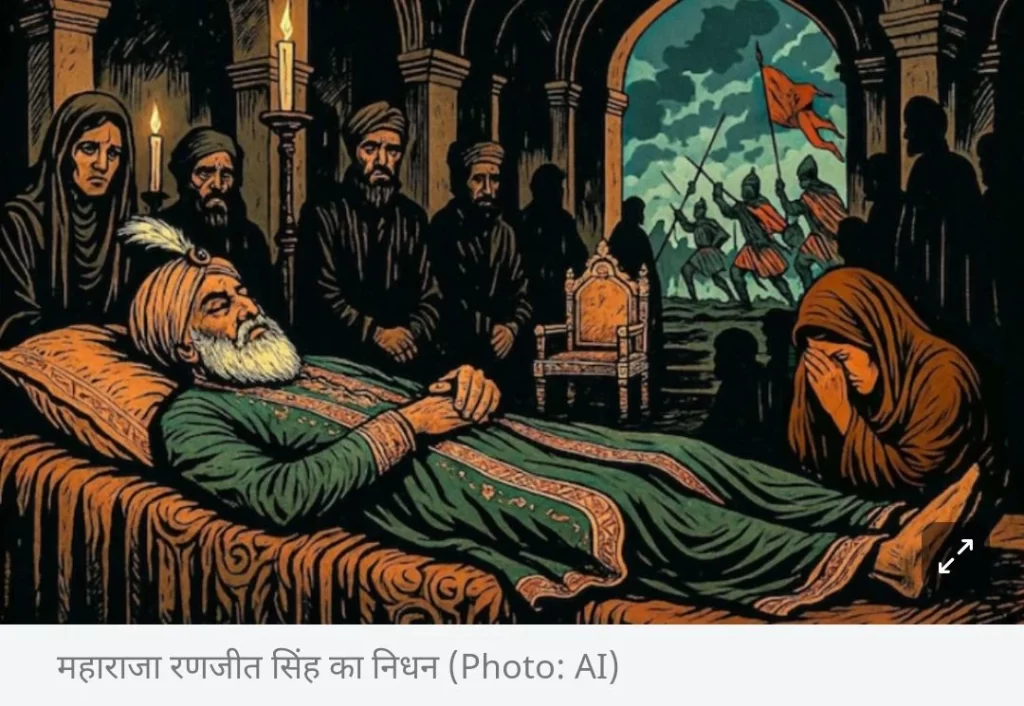
Kashmir…
Covered in the snowy layer of the Himalayas, nestled in the lap of the mountains and adorned with valleys and ravines, looking at it it seems that nature itself sits here and adorns itself. It is said for this land that if there is paradise on earth, it is as if it is like heaven, it is as if it is like earth.
But the white sheet that is seen covering Kashmir is not just a layer of snow, it is magical, illusory and made of deception, fraud and conspiracy. It is like a magician’s curtain, which steals the kaajal from your eyes, changes the scene in no time and hides the reality. This illusory curtain is not of today or the day before yesterday, it has a very sad history of two centuries which has become the fate of Kashmir. Behind this illusory curtain, powerful forces have been secretly making moves according to their interests, and their real intentions are not revealed until everything moves in the predetermined direction.
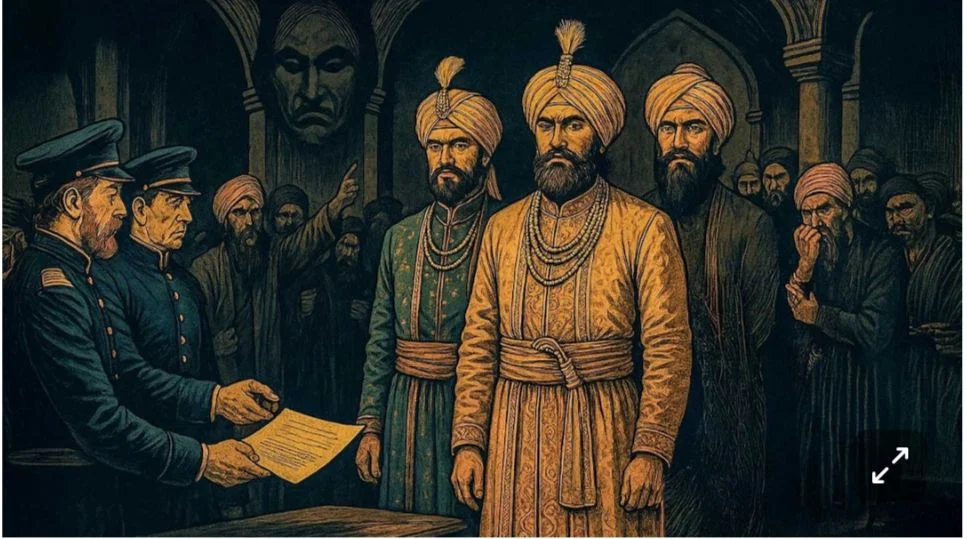
Although this story started a long time ago, but now we start it from where Maharaja Ranjit Singh died. The year was 1839, Maharaja Ranjit Singh died after a long illness. He was the ruler of a vast empire, which also included Jammu and Kashmir. After his death, a struggle for succession began in his family, which gave rise to conspiracies, palace intrigues and murders. During this time, a conflict broke out between the British and the Sikhs and ultimately the Sikhs lost.
The Sikh Empire ruled Jammu and Kashmir from Lahore, but their Dogra vassals Raja Gulab Singh and his brothers Suchet Singh and Dhyan Singh played an important role there. In this period of instability, the Dogra rulers played an opportunistic role and joined the side that gave them immediate benefits.
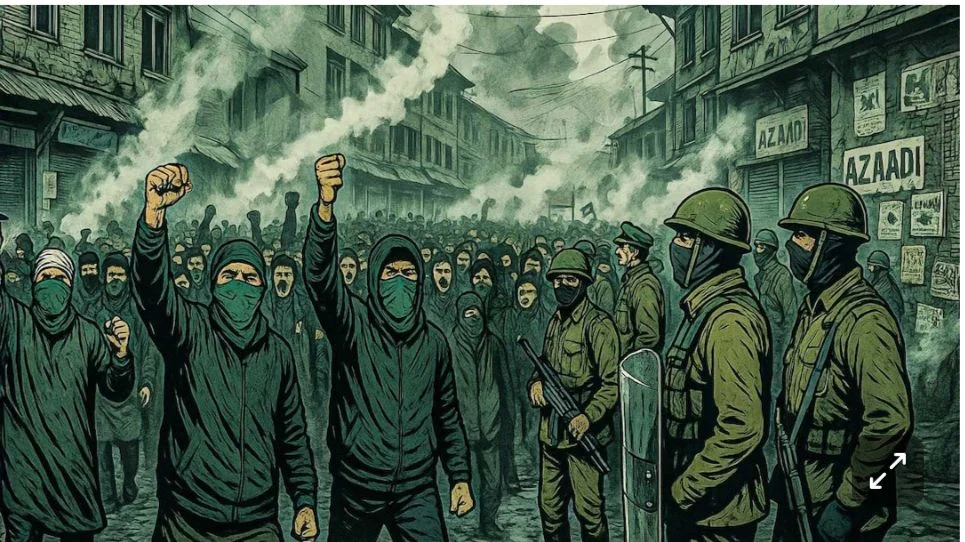
In 1846, when the Sikhs were defeated by the British, Gulab Singh ‘bought’ the state of Kashmir from the victorious British. The deal was struck between the British East India Company and Gulab Singh through the Treaty of Amritsar. Sikhs called it a betrayal; wearing the mask of loyalty to Lahore, Gulab Singh deceived the Sikhs. This began an era of deception that has not ended till date.

The 1980s brought false promises of peace and normalcy in Kashmir, but by the beginning of the 1990s, the situation in Kashmir had changed completely. The discontent that began in late 1989 turned into a violent mass uprising by 1990. The feeling of separatism from India was now openly visible on the streets. By the early months of 1990, according to conservative estimates, armed wings of about 100 different militant and political organizations were active in the valley. Many of these had the support of Pakistan. Thanks to these organizations, the separatists had taken control of the streets of the valley. Daily protests, strikes and shutdowns became the norm in Kashmir.
In late February 1990, about four lakh Kashmiri marched towards the office of the United Nations Military Observer Group. They wanted the UN resolutions to be implemented and a referendum on self-determination to be held. On 1 March, when about one million people took to the streets, the police opened fire, killing more than 40 people. (Source: Victoria Schofield’s book ‘Kashmir in Conflict’)
But this also proved to be another false dawn in the history of Kashmir.
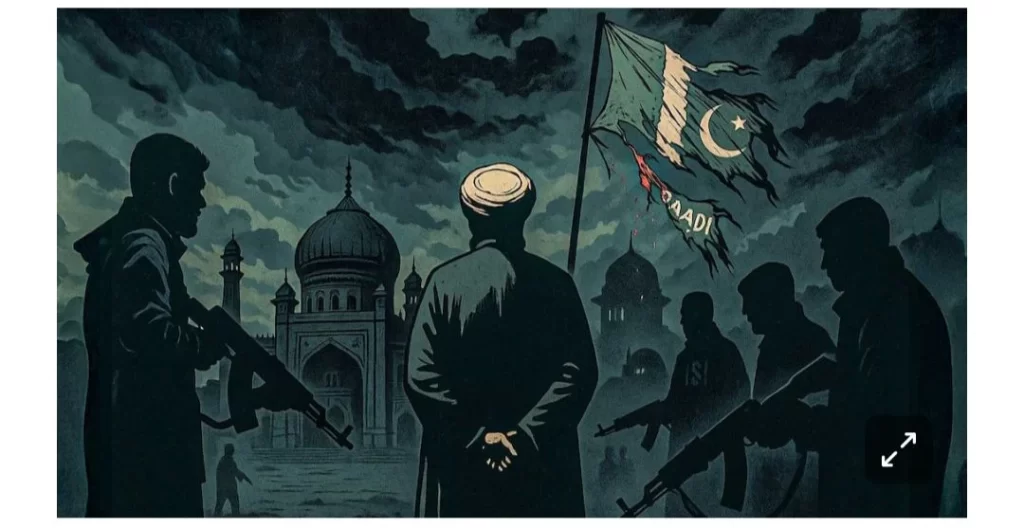
A murder and a tragic funeral
In the decades following independence, Kashmir politics revolved around two families. The Abdullah family and the Mirwaiz family. Sheikh Mohammed Abdullah, known as Sher-e-Kashmir, allied with India to prevent Kashmir from going to Pakistan. In 1932, he founded the ‘All Jammu and Kashmir Muslim Conference’ to fight for the rights of the Muslim community under Dogra rule. In 1939, he converted it into the ‘National Conference’, making it secular.
On the other hand, Mirwaiz Yusuf Shah, the party’s co-founder, maintained its core Muslim identity and became the head of the old party. Mirwaiz, being the valley’s prominent religious leader, was also highly influential politically. But unlike Sheikh Abdullah, Mirwaiz Yusuf Shah was in favour of Pakistan. In 1947, he migrated to Pakistan-occupied Kashmir. Later, in the 1960s, his nephew Maulvi Farooq became the Mirwaiz and gradually emerged as an important separatist leader.
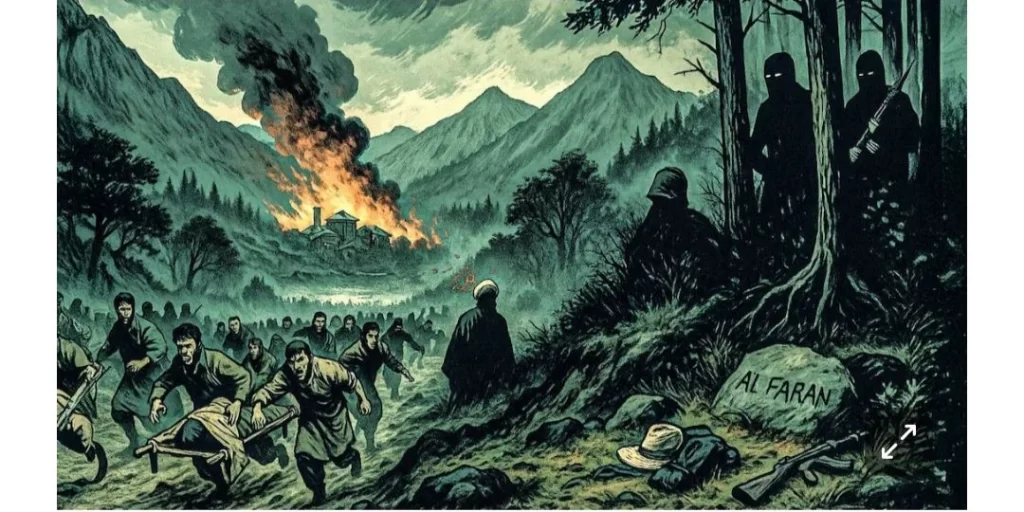
On 21 May 1990, at the peak of militancy, three men met Maulvi Farooq at his Srinagar home on the pretext of seeking financial help. But within minutes they opened fire on Mirwaiz and fled from the scene.
The murder created a storm in the valley. The Indian government was accused of silencing an anti-national voice. But investigations revealed that Mirwaiz was killed by Pakistan-backed terrorist organisation Hizbul Mujahideen. The reason given was that Mirwaiz was against violence and was advocating an independent Kashmir instead of Pakistan, which made the ISI unhappy. (According to Pakistani author Arif Jamal’s book ‘Shadow War’, the murder was carried out at the behest of separatist leader Syed Ali Shah Geelani, but this allegation could never be proven.)
The murder was the beginning of a bitter rivalry between separatist camps, which soon weakened the entire movement.

Before the hysteria of the 1990s subsided, Kashmir witnessed several horrific incidents. The funeral procession of Mirwaiz Maulvi Farooq was fired upon, killing dozens. This incident came to be known as the ‘Hawal massacre’. In 1993, security forces clashed with militants in Sopore (the apple production hub of Kashmir). Several civilians were killed in retaliatory action.
On 4 July 1995, six foreign tourists were kidnapped by Al-Faran (a pseudonym for Harkat-ul-Ansar). In return, they demanded the release of 20 militants, including Maulana Masood Azhar (who later became the founder of Jaish-e-Mohammed). One of the tourists escaped, while a Norwegian was killed and his body dumped in Pahalgam with ‘Al-Faran’ inscribed on it. The other four were never found and are presumed dead.
According to unofficial figures, around 40,000 people were killed in Kashmir between 1988 and 1995, while official figures put the number at around 13,500, half of them militants. During this period, security forces seized 13,427 AK-47 rifles, 750 rocket launchers, 1,682 rockets, 54 light machine guns and 753 other weapons. (Source: Schofield, Kashmir In Conflict)
The separatist fervour of the early 1990s proved to be a hoax. After five years of violence, killings and strikes, Kashmir was beginning to tire of the chaos.

Differences among separatist groups, civilian killings by militants, and the heavy presence of security forces all led to Kashmiris becoming disillusioned with these groups. Pakistan initially supported the JKLF, which advocated ‘independence’, but later sided with the Hizbul Mujahideen, which advocated merging Kashmir with Pakistan.
As competition among these groups to recruit young men grew, they resorted to forced recruitment, kidnapping and ransom, leading to public anger against them. By 1996, things started to normalise somewhat. That year, the Indian government successfully held state elections, ending six years of governor’s rule. Farooq Abdullah was sworn in as chief minister. Protests had disappeared from the streets, and the number of active terrorist groups fell from over 100 to around 20.
एक नई सुबह की संभावनाएं दिखाई देने लगी, एक नए कश्मीर का वादा…